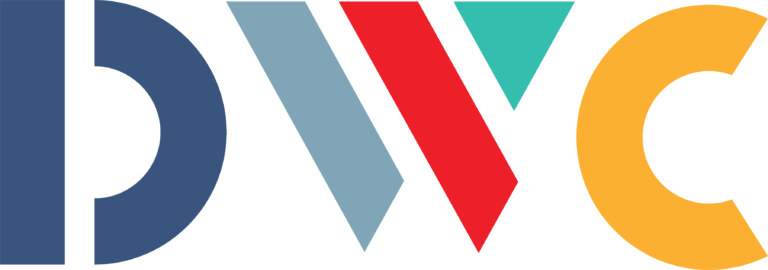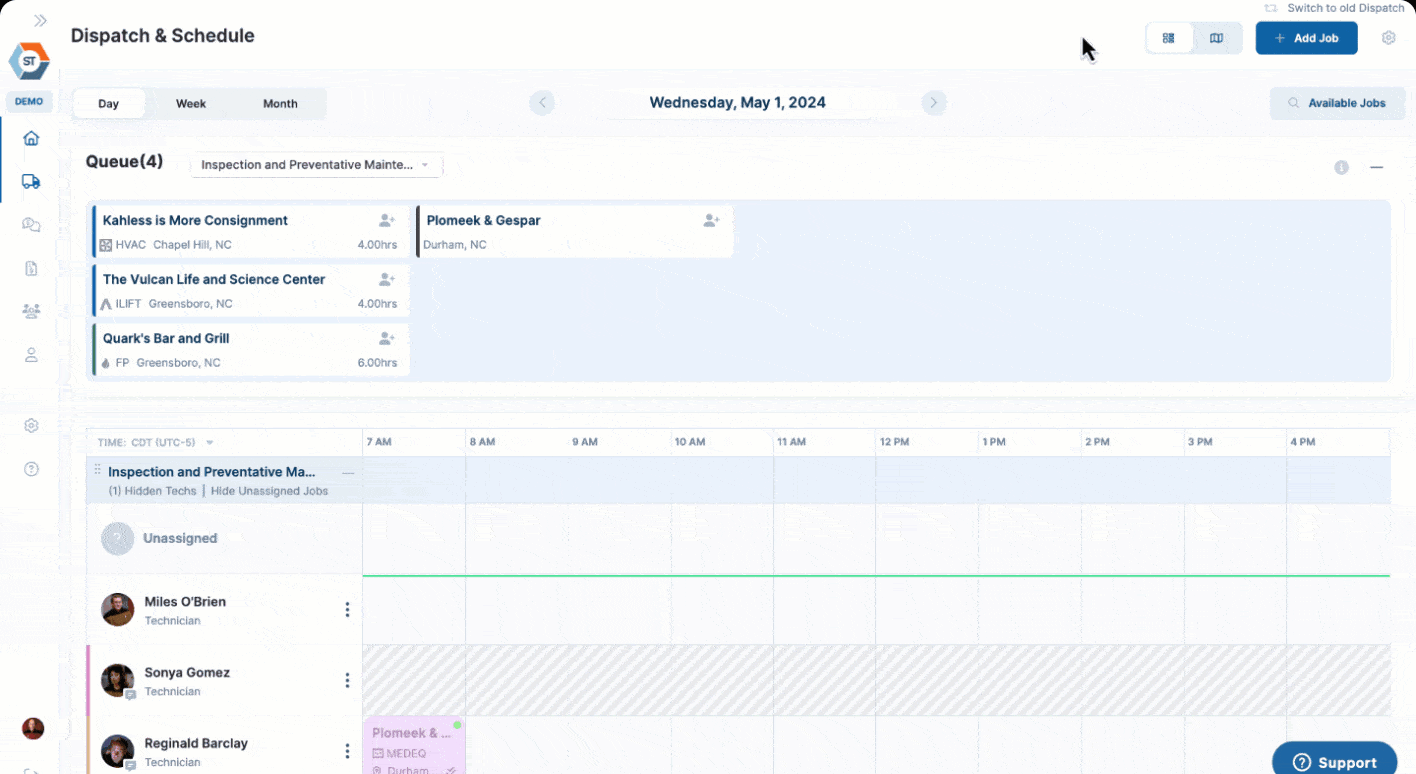Efficient scheduling and routing are crucial for the success of any HVAC business, but it’s particularly important for commercial HVAC businesses. The ability to dispatch technicians to multiple job sites efficiently can significantly impact the bottom line by reducing labor costs, improving customer satisfaction, and increasing revenue.
Benefits of Improving Scheduling and Routing Efficiency
The HVAC industry is highly competitive and constantly evolving. To remain competitive, HVAC businesses need to find ways to improve their efficiencies. One of the easiest ways to increase efficiency is by improving scheduling and routing. By doing so, businesses can reduce costs, improve customer satisfaction, and increase revenue.
Data analytics is also an essential tool for improving scheduling and routing efficiency. By analyzing job complexity, technician availability, job duration, and other factors, businesses can identify areas where they can optimize their processes and improve performance. This enables businesses to make more informed decisions when scheduling jobs or routing technicians.
Dynamic routing strategies enable businesses to respond to unexpected changes in scheduling or routing, such as a technician being unable to attend a job or traffic jams. By utilizing real-time traffic updates and optimizing route sequencing, businesses can reduce travel times, improve productivity, and enhance customer satisfaction.
Effective communication and collaboration among team members are also essential for optimizing scheduling and routing efficiency. By providing tools and systems that facilitate communication and team collaboration, businesses can ensure that all team members are working together to enhance customer satisfaction and streamline operations.
Finally, continuously monitoring and adapting to scheduling and routing processes are essential for ensuring optimal efficiency. By using Key Performance Indicators, businesses can track performance, identify areas of weakness, and make adjustments when necessary. By taking a data-driven approach, businesses can make informed decisions and monitor business performance effectively.
Five Key Tips to Enhance Scheduling and Routing Efficiency
Efficient scheduling and routing are crucial for the success of any business that needs to dispatch personnel to different locations. This is particularly true for businesses that provide services that require on-site visits, such as HVAC companies. In the HVAC industry, the ability to dispatch technicians to multiple job sites efficiently can significantly impact the bottom line by reducing labor costs, improving customer satisfaction, and increasing revenue.
In this section, we will discuss five key tips for enhancing scheduling and routing efficiency. These tips are based on years of experience in the industry and can be applied to any business looking to improve its operations. By implementing these tips, businesses can streamline their processes, reduce costs, and enhance customer satisfaction.
Tip 1: Utilize Smart Scheduling Software
One of the easiest ways to improve scheduling and routing efficiency is by using smart scheduling software. It enables business owners to efficiently allocate technicians to multiple job sites and ensure that each technician has enough time to complete each job. This type of software helps minimize travel time between job sites, which reduces costs, saves time, and improves customer satisfaction.
Some of the main features of smart scheduling software include easy job scheduling, real-time job tracking, and automated job confirmations. These features allow businesses to respond quickly to customer needs and offer flexible scheduling options, which can help minimize disruption to customers’ daily operations.
One popular smart scheduling software option is Service Fusion, which offers a comprehensive scheduling and dispatching platform for commercial HVAC businesses. It provides real-time tracking of job status, technician location, and time spent on each job. This enables business owners to keep track of job progress and efficiently allocate resources.
Tip 2: Embrace Data-Driven Decision Making
Data analysis is an essential tool for improving scheduling and routing efficiency. Business owners can use data to identify areas where they can optimize their processes and improve performance. They can use data to analyze job complexity, technician availability, job duration, and other factors that impact scheduling and routing efficiency.
By analyzing data, business owners can identify patterns and trends in scheduling and routing that can help improve decision-making. For instance, they can use data analytics to identify which jobs are the most profitable and allocate more resources to those jobs. They can also identify jobs that take longer to complete and adjust their schedules accordingly.
Business owners can use data analytics tools such as Microsoft Power BI or Tableau to analyze data and gain insights into their business operations. Such tools provide visualizations that enable business owners to identify patterns and trends quickly. They can make more informed decisions when scheduling jobs or routing technicians based on these insights.
Tip 3: Implement Dynamic Routing Strategies
Dynamic routing is a concept that involves adapting to changes in real-time rather than following a pre-determined schedule. It enables businesses to respond to unexpected changes in scheduling or routing, such as a technician being unable to attend a job or a traffic jam.
Business owners can implement dynamic routing strategies by utilizing real-time traffic updates, optimizing route sequencing, and prioritizing high-value clients. By doing so, businesses can keep up with unexpected changes and respond quickly to customer needs, reducing the likelihood of dissatisfaction and lost revenue.
Business owners can use software such as Google Maps or Waze to monitor traffic patterns and adjust technician routes in real-time. This enables them to identify and avoid traffic congestion, accidents, or road closures. By optimizing technician routes this way, businesses can reduce travel times, improve productivity, and enhance customer satisfaction.
Tip 4: Foster Effective Communication and Collaboration
Effective communication and collaboration among team members are essential for optimizing scheduling and routing efficiency. Business owners need to ensure that all team members are working together by sharing information and coordinating their efforts.
They can achieve this by providing tools and systems that facilitate communication and team collaboration. Tools such as video conferencing, chat rooms, messaging platforms, and shared calendars are effective for enhancing communication among team members.
One tool that has proven useful for commercial HVAC businesses is Microsoft Teams. It enables team members to exchange messages, share files, and hold video conferences, all in one place. It also integrates with other Microsoft Office tools such as Outlook Calendar, SharePoint, and OneDrive, allowing business owners to manage their work processes more effectively.
Tip 5: Continuously Monitor and Adapt
Regular monitoring and evaluation of scheduling and routing processes are essential for ensuring optimal efficiency. Business owners must track performance, identify areas of weakness, and make adjustments when necessary. They must also be willing to adapt their schedules and routing based on customer demand, equipment availability, or other factors.
To achieve this, business owners can use Key Performance Indicators (KPIs) to measure key performance metrics such as job completion times, revenue per technician, and customer satisfaction. They can identify trends and issues, and implement corrective measures whenever necessary.
Business owners can use software such as QuickBooks or Xero to track KPIs and other business metrics. These tools provide reports and analytics that help businesses make informed decisions and monitor business performance effectively.
Optimizing scheduling and routing efficiency is essential for the success of any commercial HVAC business. By implementing the five expert tips we have outlined in this article, businesses can streamline their processes, reduce costs, improve customer satisfaction, and achieve greater overall success.
Smart scheduling software, data-driven decision making, dynamic routing strategies, effective communication and collaboration, and continuous monitoring and adaptation are all essential components of efficient scheduling and routing. By embracing these strategies, HVAC businesses can revolutionize their operations and maintain a competitive edge in the industry.

